Buy LQUID LSD Online for Ultimate Psychedric Travel
When you decide to buy LIQUID LSD online, you will have access to one of the most efficient and cleanest LSD available. LIQUID LSD provides faster absorption than tablets or flashing, so it is the preferred choice for many psychedelic seekers. We offer carefully tested and measured LIUID LSD to ensure safety and consistency with each dose. Quality control of our product is strict, which reassures customers about its authenticity and efficiency.
Buy LIQUID LSD online from reliable sources as we not only guarantee product quality, but also ensure a discreet and secure delivery to your location. Whether you are in the United States, Britain, Europe or Canada, we give priority to our customers’ privacy and satisfaction. Ability to order LIQUID LSD online to simplify access and remove many obstacles associated with purchasing psychedelic. This comfort encourages responsible search while ensuring that customers have a real LIQUID LSD sale.
Buy LQUID LSD online is a decision that requires trust, security and quality. We are obliged to meet these expectations in all directions. Detailed product descriptions, transparent laboratory analyses and customer support ensure that you know exactly what you are buying. This holistic approach reflects our commitment to offering the best LIVUID LSD for sale on the market today.
Order LIUID LSD with Confidential: What fixes our product Apart
LIVUID To order LSD with us means to ensure both a strong and clean product. Each batch is synthesised under strict laboratory conditions to maintain the best efficiency and remove impurities. LIQUID LSD is stored in dark airtight bottles to maintain freshness and efficiency throughout the consignment and use. This attention to detail ensures a reliable and effective psychedelic experience.
We understand the importance of accurate dosing for a safe psychedelic journey. LIQUID LSD contains accurate pipette vials that allow users to measure their dose carefully and adjust the dose according to individual tolerance and experience. This flexibility is crucial for both beginners and experienced users who appreciate the management of their psychedelic sessions. When you order LSD from us, you get more than one product.
Customer satisfaction and security are our priorities. Our website has detailed instructions for LSD use, which highlight responsible usage. We also provide resources to what you expect during the session, help users prepare mentally and physically. This holistic approach ensures that those who buy LIQUID LSD through us feel conscious and secure about their purchases.
Additional reasons to buy LQUID LSD Online from reliable sources
There are several advantages to buy LIQUID LSD online from reputable sellers. Firstly, the process is subtle and practical so that you can receive the product privacy in your home. Secondly, online suppliers like us provide reliable laboratory test results that ensure the authenticity and purity of the product, which are often difficult to control with street sources.
In addition, purchase LIQUID LSD online opens access to detailed product information including power, recommended doses, and security tips. This transparency helps users to make informed decisions, reduce the risk of abuse or negative experiences. Our customer service is always available to answer questions, which strengthens our commitment to a responsible psychedelic search.
Our latest streamlined order process offers fast shipping across the United States, the United Kingdom, Europe and Canada, making it easier than ever to achieve a genuine LSD. For psychedelic enthusiasts, this availability together with quality assurance makes online shopping an optimal choice.
To order safely LQUID LSD Online and what to expect
Online ordering of LIQUID LSD requires a secure, reliable seller that prioritises product quality and customer safety. We implement secure payment methods, encrypted transactions and discrete packages to protect your data and privacy. This guarantee covers the entire ordering and delivery process.
When ordering LIQUID LSD, you can expect fast delivery and clear communication of delivery status. Our packaging is designed to prevent damage and maintain product integrity during transport. We encourage all customers to check our security and storage instructions after receiving them to maximise the duration and efficiency.
Our commitment to customer safety also includes guidance on dosage and settings /settings, so that users understand the psychological experience they are experiencing. This comprehensive support helps promote a responsible and rewarding meeting with LIQUID LSD.
Explore the benefits of LIQUID LSD: Why it is popular among psychedelic asylum seekers
LIQUID The rapid onset of LSD and the strong, living effects are very valuable. Psychological users often report improved visual clarity, increased emotional understanding and profound cognitive changes. These features make LIQUID LSD a popular choice for those seeking deep introspection and therapeutic benefit.
The liquid form provides a better dose of flexibility compared to traditional blocks, allowing users to tailor their experience accurately. This adaptability is particularly beneficial for new entrants who need lower doses and experienced users seeking higher resources. LIQUID LSD provides reliable and consistent psychedelic experience for each use.
In addition, many users appreciate the purity and effectiveness of LIQUID LSD as it offers a cleaner and more controlled distance. The lab-tested quality of our product supports this reputation, so it is a reliable option for those who want to explore the psychedelic world safely.
Buy LIQUID LSD for sale fast and fine Shipping Worldwide
We understand how important it is to have a timely and discreet delivery when you buy LIQUID LSD for sale. Our delivery methods prioritise customer privacy using unmarked packages to ensure that your order arrives safely and without attracting unwanted attention. We are sending large areas such as the United States, the United Kingdom, Europe and Canada.
Orders are processed quickly and monitoring is available for peace of mind. We work with reliable logistics partners to minimise delivery time and provide a reliable service. This focus on efficient and discreet shipping strengthens our reputation as a reliable LQUID LSD service provider.
Our global shipping features mean that you can order LIQUID LSD where you are and receive it without delay. This availability is crucial for psychedelic applicants looking for genuine products in a safe and confidential way.
What makes our LSD the best way to buy online
Our LSD stands out because of its purity, efficiency and uniform quality. We buy materials from reputable suppliers and carry out rigorous tests to ensure that each batch meets strict requirements. This dedication to quality control ensures that you get a product that produces the expected effects safely.
We also provide detailed product descriptions and dosing instructions to help users make informed decisions. This transparency underlines our commitment to customer education and satisfaction, thereby reducing the risk of abuse or negative experiences. Our customer service team is always ready to help with queries or concerns.
Buying LIQUID LSD online from us means you get access to a reliable product supported by experience and care. Our goal is to support psychedelic search with safe, reliable products and dedicated services.
Why ordering LQUID LSD online is the most convenient solution
Order LIQUID LSD online offers exceptional comfort compared to traditional purchasing methods. You can browse the product information, read the reviews and choose the desired amount without physical restrictions or pressure on your personal activities. This freedom increases the buying experience.
Online ordering also provides detailed information about our LSD including power, batch testing and instructions for use. This information allows customers to make safer and smarter choices. Our website is user friendly, providing a fast and secure cash register for a few minutes.
In addition, we offer global delivery and discreet packaging, which means that your product will arrive safely regardless of location. This comfort combined with transparency is therefore many psychedelic asylum seekers want to buy LIQUID LSD online from trusted sellers like us.
How LIQUID LSD for sale can increase psychedelic experience
LIQUID LSD offers one of the most efficient and flexible ways to experience LSD. Its fluid form ensures faster absorption and more accurate dosage, which can lead to a more controlled and thorough psychedelic session. This makes it ideal for those seeking intense but manageable experiences.
LIVUID The purity and constant intensity of LSD allows users to study the depth of the mind in a clear and secure way. Many report increased sensory perception, emotional openness and creative insight during their sessions. These effects increase the popularity of LIQUID for both therapeutic and leisure users.
By choosing to buy LIQUID LSD a reputable source ensures that the experience is safe, fun and meets expectations. We aim to offer high quality LIQUID LSD for sale, which supports meaningful psychedelic tours for all users.

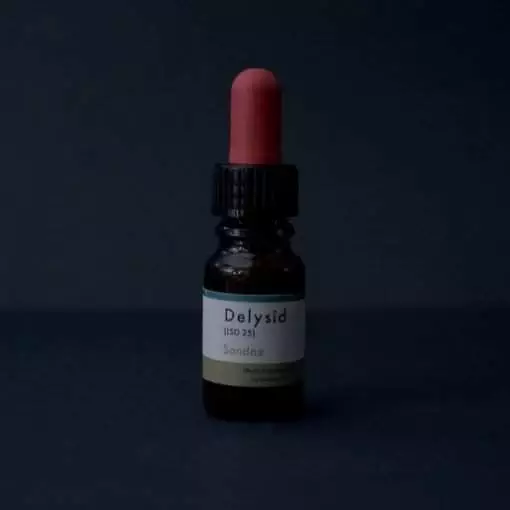
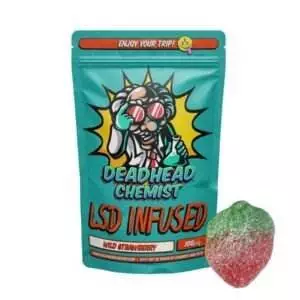
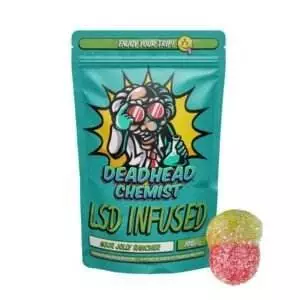
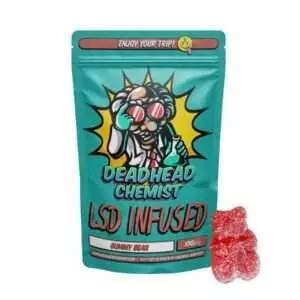
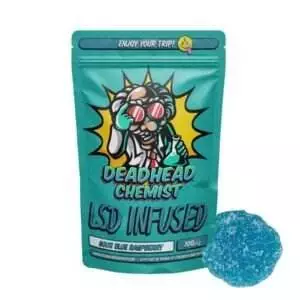
Reviews
There are no reviews yet.